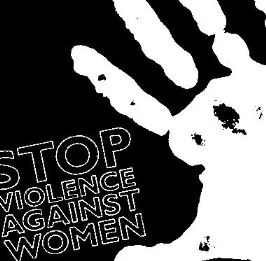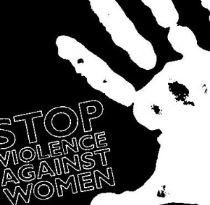
DAVAO CITY (Mindanao Examiner / Nov. 25, 2012) – The Women’s Studies and Resource Center said it is alarmed by the rising incidence of violence against women and children in Davao City in the southern Philippines.
It said data from the Women and Children Protection Desk indicate that there has been a steady increase in reported cases in Davao since the passage of RA 9262 or the Anti-Violence against Women and their Children Act in 2004.
From 184 cases in 2004, the incidence of violence against women and children rose to 422 cases in 2005 and 815 in 2006; 1,034 in 2007 and 1,155 in 2008; 1,634 in 2010, and 1,450 cases in 2011 – or an average increase of nearly 800% within an 8-year period.
And all these cases occurred despite Davao, being prominent as the first city in the country to pass the Women Development Code of Davao City (Ordinance No. 5004) in 1998.
It said the Southern Mindanao region has the highest incidence of incidence of violence against women and children with 34% of the total national incidence.
From January to October this year, it said 1,391 domestic violence cases have been reported to the police in Davao City. And domestic violence remains the most prevalent form of gender violence among women; and sexual harassment is the second, and rape ranked third.
While reported rape cases among women have gone down, the rape of minors – under 12 years old or statutory rape – soared 3,300% in the last 4 years.
“The spike in cases in the last 8 years points to an increasing awareness and assertiveness among our women to file cases but at the same time, it is a grim reminder of how these remains unabated and how true equality and empowerment for women are impeded by violence,” Leah Emily Miñoza, executive director of the WSRC, said in a statement sent to the Mindanao Examiner.
She said the passage of local and national laws helped women and the general public break silence about the violence, but it has not eradicated the problems.
“The social and political causes of violence remain. Systemic beliefs and perceptions about women as objects and occupying a lower position in society remain unchanged. Poverty exacerbates women’s vulnerability to violence. Impunity and victim-blaming averts women’s struggle to access legal and judicial mechanisms to stop violence,” she said.

